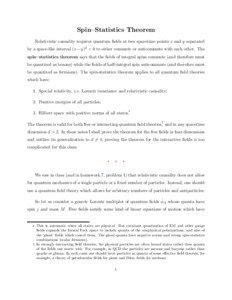101![19 Super Derivative of the Product of Two Functions 19.1 Super Leibniz Rule Theorem[removed]Let (x,y) be the beta function and p 19 Super Derivative of the Product of Two Functions 19.1 Super Leibniz Rule Theorem[removed]Let (x,y) be the beta function and p](https://www.pdfsearch.io/img/006cc9b06174af5b44ae5d65bdd0f00e.jpg) | Add to Reading ListSource URL: fractional-calculus.comLanguage: English - Date: 2013-11-12 02:58:26
|
|---|
102 | Add to Reading ListSource URL: www.dspcsp.comLanguage: English - Date: 2003-05-12 02:21:55
|
|---|
103 | Add to Reading ListSource URL: www.lynnhavenms.vbschools.comLanguage: English - Date: 2013-03-20 09:52:31
|
|---|
104 | Add to Reading ListSource URL: www.tark.orgLanguage: English - Date: 2011-10-23 10:31:50
|
|---|
105 | Add to Reading ListSource URL: teep.tamu.eduLanguage: English - Date: 2002-08-27 12:36:47
|
|---|
106 | Add to Reading ListSource URL: www.businessballs.com- Date: 2006-10-17 09:53:12
|
|---|
107 | Add to Reading ListSource URL: bolvan.ph.utexas.eduLanguage: English - Date: 2008-11-03 01:09:56
|
|---|